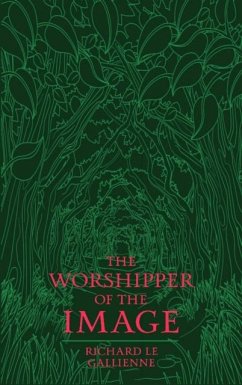Antony, a writer, his wife Beatrice and their young daughter live a quiet but loving life secreted away in a cottage in a green, woods-filled valley. Antony has a small châlet within the woods near their cottage where he goes to write. On a rare trip to London, while wandering in Covent Garden, Antony stumbles across a sculptor's shop nestled between the stalls. Inside are many busts and heads, but one item in particular commands his attention almost immediately. It is a death-mask which bears an extraordinary resemblance to Beatrice, uncannily so. The proprietor tells him that the mask was taken from a young woman who threw herself into the Seine. Due to the likeness, Antony cannot resist the mask, and brings it home. But the image strikes fear into Beatrice, because of its similarity to herself, and also because she can see something new in Antony as he gazes at it fascinatedly. There is something obsessive in his intrigue with the mask. She insists that it is not kept in the house, so Antony takes it to his writing châlet. Before long, she senses that Antony's attention is shifting permanently from herself and their daughter to the personality that he now believes inhabits the image. The personality has a name, Silencieux, and has extraordinary powers of inspiration; his writing improves prodigiously. Silencieux seems to him alive: she is the spirit of beauty, and a muse, but also commandingly cruel. The ordinary world drops away. Here begins a cataclysmic series of events, where his family wrestle fatally with Antony's new obsession. This magnificent tragic fable, first published in 1901, traces a life-and-death fight between the forces of human love and the spellbinding supernatural - in transfixing and poetic prose. Its commentary on the rivalry in an artist's mind between art and life, the artifices of beauty and the warmth of genuine care, is timeless.
Bitte wählen Sie Ihr Anliegen aus.
Rechnungen
Retourenschein anfordern
Bestellstatus
Storno








